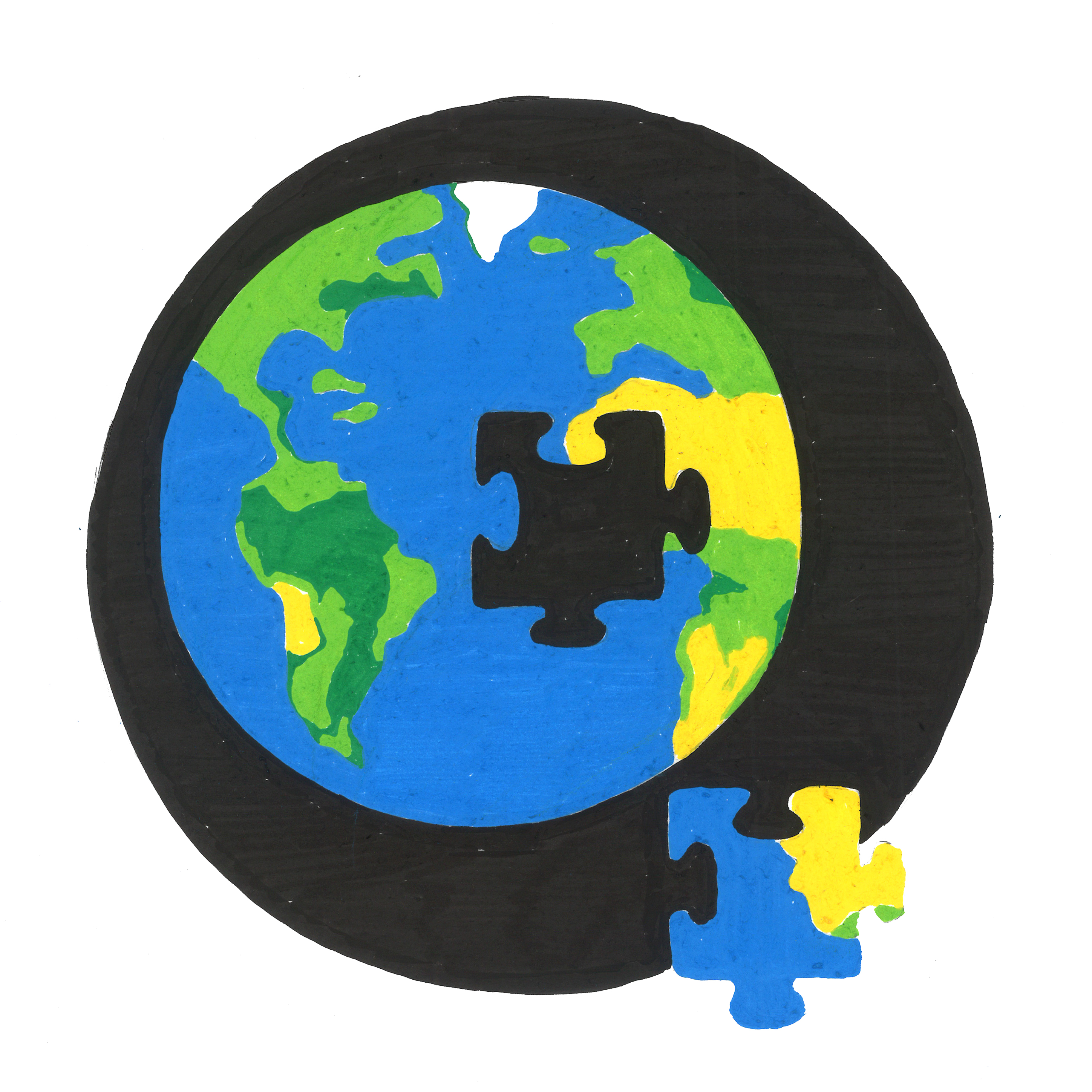Posts from May 2021
Science: more than just solving a puzzle
More than half of the process is spent on actually identifying and organising the puzzle pieces
Everyone who has ever solved a puzzle knows the following technique. Your
puzzle is square-shaped. First you identify the four corners. They are easy to recognise
and it gives you a rough idea of the orientation of the puzzle right in front of you.
Then you take care of the foundation, the sides. The sides tell you something about
the size of the task at hand. Then you start sorting out the colours. This is the
toughest and least interesting process. But you know that after you have spent all
this time on this preparatory work, you will spend less time collecting the pieces.
All of a sudden, you will be able to lay many more pieces in one go.
If you did not recognise the following with puzzles, then perhaps you could do so
when building with LEGO or even when putting together an IKEA kit. You do not want
to find out that when you get to the last few parts, a piece of the puzzle is missing.
At the moment, my model of the Earth is also a giant puzzle. I am looking at 287
unique combinations of surfaces including clouds over a range of 209 wavelengths.
If I include the four different phase angles as well, I will be looking at up to
240 thousand pieces1! That is a massive puzzle. Now you can probably imagine that
until yesterday I did not realise that I was still missing about 40 thousand pieces.
Fortunately, I found them all today! Now it's time for the final steps. First,
write a program so that my computer can solve this puzzle properly, and then do
the most important thing for a scientist: understanding exactly what is depicted
on the puzzle.
Oh, I forgot.. Did I already tell you that I still have two more of these puzzles to solve?
1 One puzzle requires about 3.5 TB of data storage.
